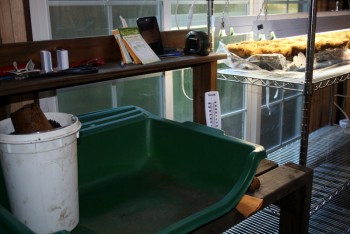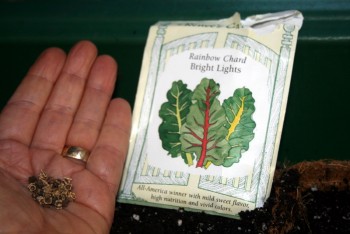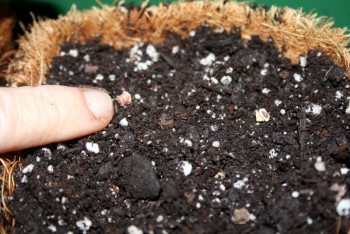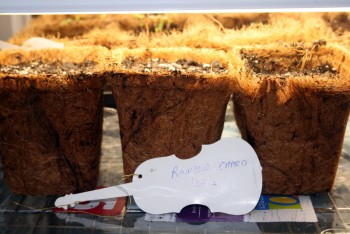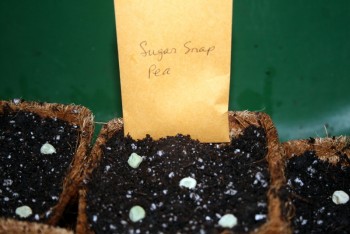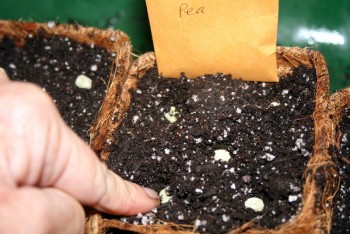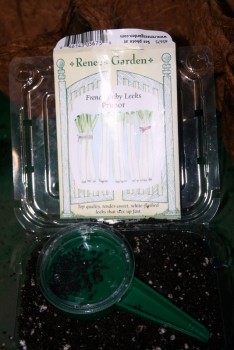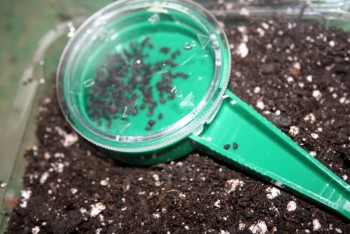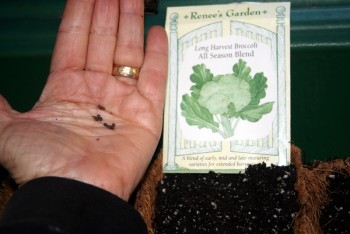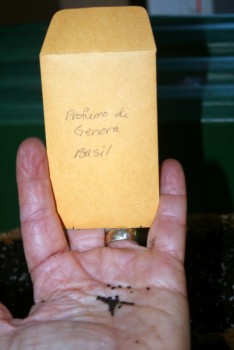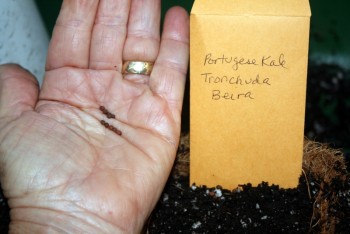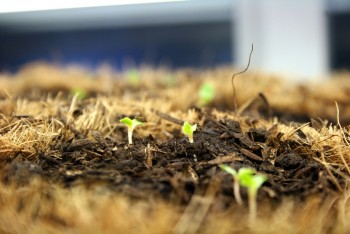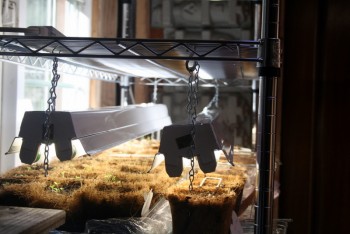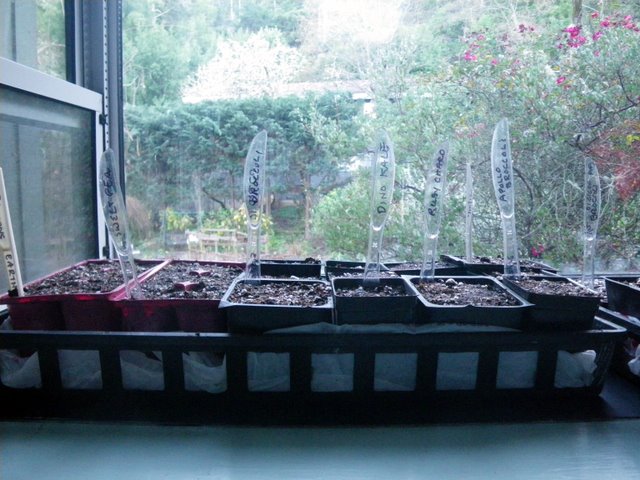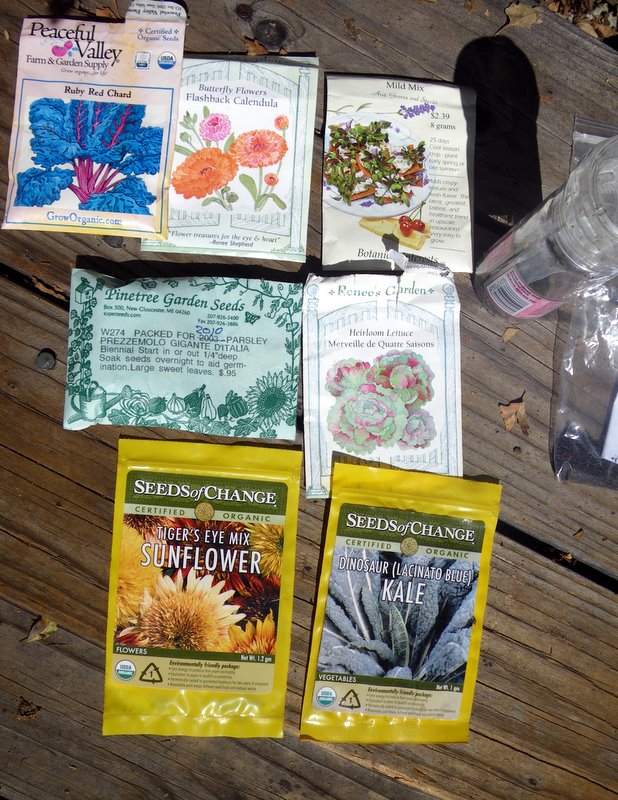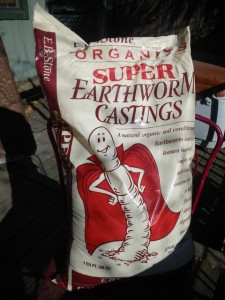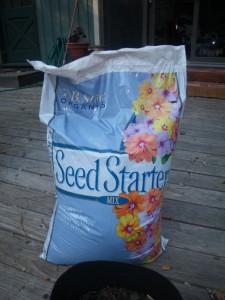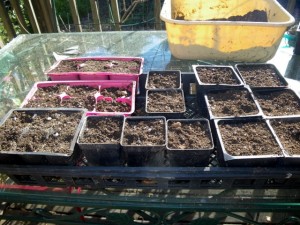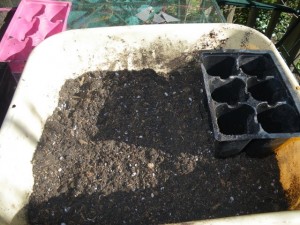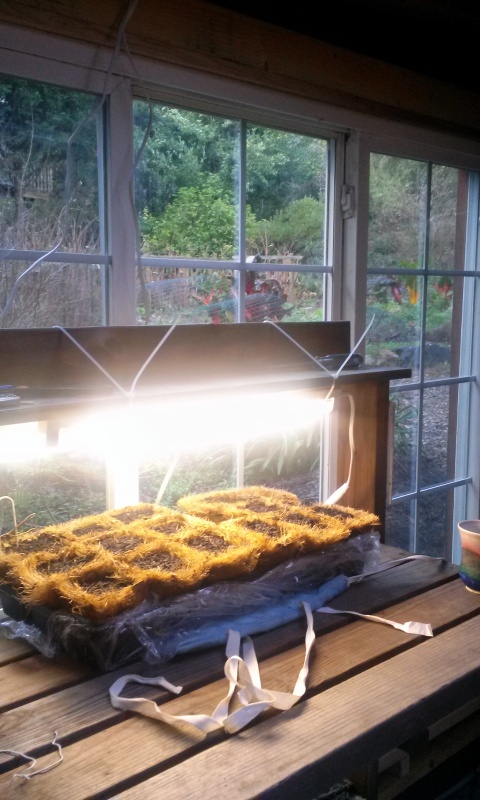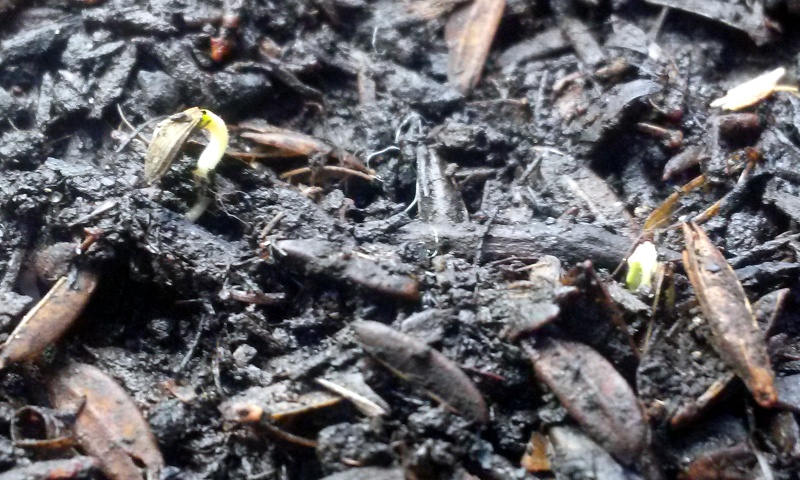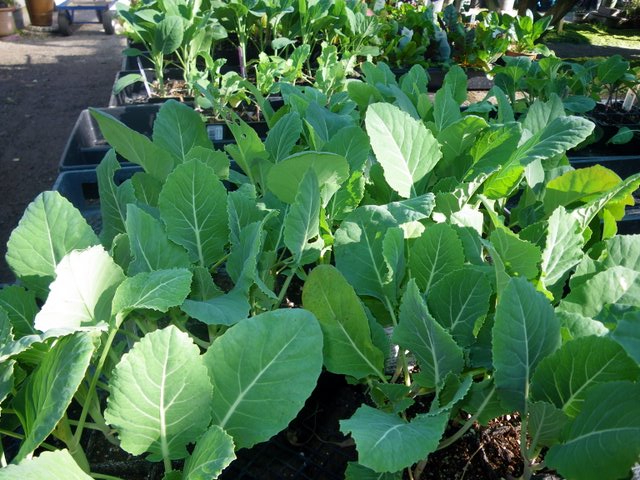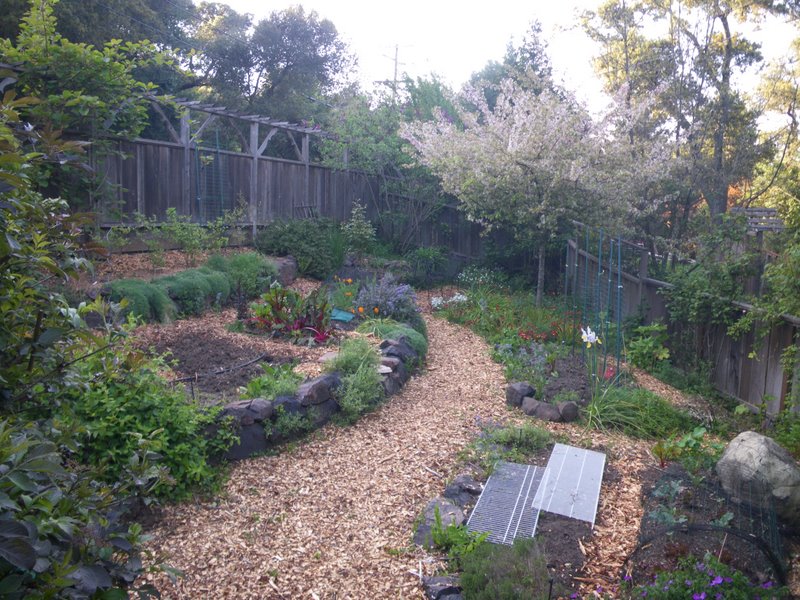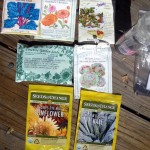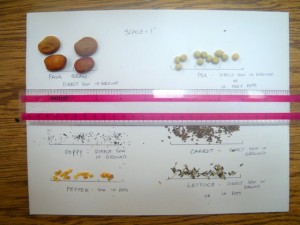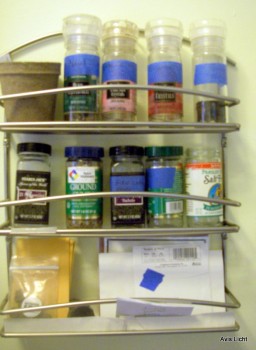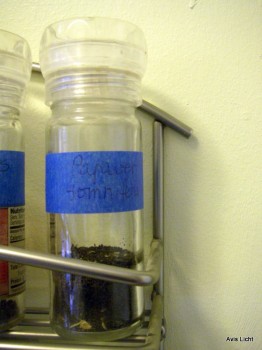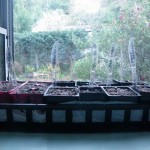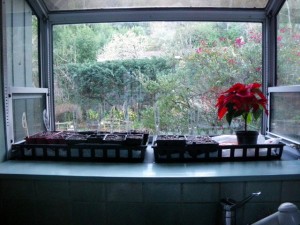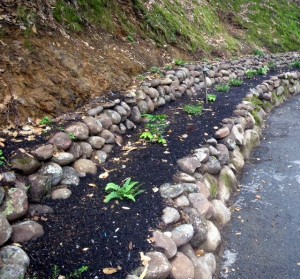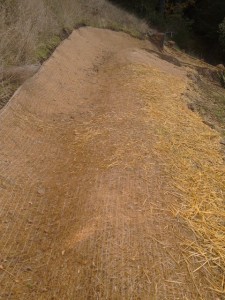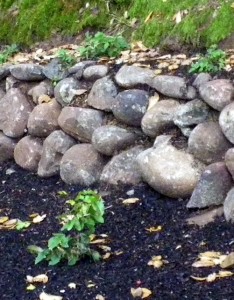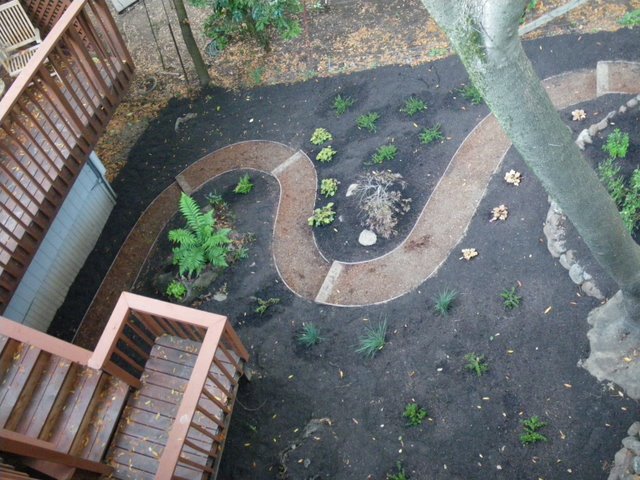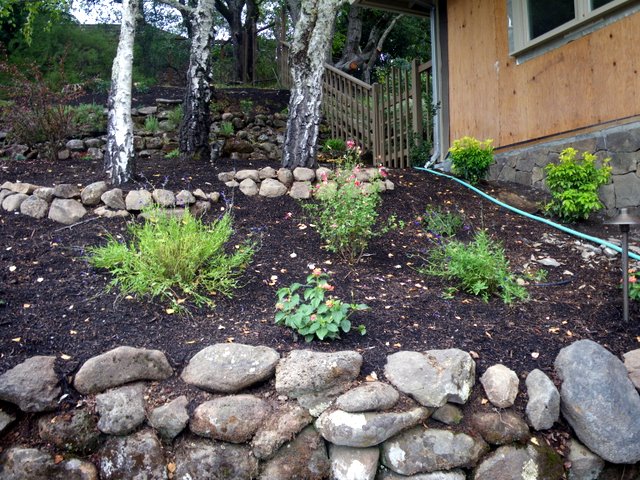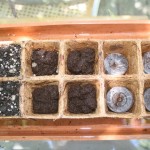
by Avis Licht
1. Prepare your table for sowing: Potting mix, containers for sowing, seeds and labels.
I use organic potting mix from my local nursery. I try to use either bioegradable pots, like these coconut fiber pots, or reuse the plastic ones over and over. I save my cans and plastic containers from the grocery store to use for either sowing or transplanting.
2. Choose your favorite seeds that will grow in your climate, and make sure you are sowing at the right time:
It’s late January, and I live in Northern California, where we can grow many vegetables year round. It’s a good time to start Broccoli, Cabbage, Cauliflower, Chard, Kale, Kohlrabi, Leek, Onion, Spinach and Peas. In my hand you can see Chard seed. As seed goes, they’re pretty big and easy to handle. To get an early start, I sow them indoors in pots for transplanting in late February. You can also sow Chard directly in the ground when your soil warms up a bit.
3. Fill your pots to the top, then place a few seeds on the surface. My finger is pointing to the seed. For chard, which is fairly large, I will push the seed into the soil so that it gets a firm seating into the soil. Then cover lightly.
4. Label your pots with the name and date of sowing. Believe me, this is an important step, as you will probably not remember what you sowed or when you sowed it.
Push large seeds firmly into the soil. Peas can go half an inch deep.
Leeks are small seed and hard to handle. I use this seed sower which gently lets out seeds a few at a time. Because leeks are small seedlings, you can sow many in a small pot. When they are ready to be transplanted you can easily pull them apart. More on transplanting later.
Here’s Broccoli. It’s a favorite in our household and I like to grow a lot of it. It’s a small seed. I put 5 seeds in a 4 inch pot. When they’re about 3 inches tall I take them out of the pot carefully and transplant them.
Basil seed looks a lot like broccoli only smaller. If you are using small pots for sowing, then sow 2 seeds per pot. That way you can figure that every pot will have at least one plant.
Here’s kale. It’s become very popular lately. There are many kinds of kale. Personally, I like it cooked. It’s a little tough raw. I really had a good laugh the first time someone told me I had to massage my kale for salad making! But it’s true. If you rub your kale with a little salt and olive oil it gets more tender.
5. Gently water in your seeds. You want the soil moist, but not soaking wet. Keep the surface moist so that the seeds don’t dry out. As soon as they germinate you can cut back on the water a little.
6. Make sure your plants get plenty of light. I use flourescent lights in a shed to make sure they’re strong and sturdy.
Be sure to read more about lights and seedlings in this article to find out which lights and how long to leave them on.
Well, that just about takes care of the steps to successful seed sowing. Don’t be afraid. Growing your own plants from seed is one of the most satisfying and magical parts of gardening. If you’re having troubles or need advice, just go to the Ask Avis page and let me know what’s up. Or leave a comment or suggestion at the bottom of the page. I look forward to hearing from you.

